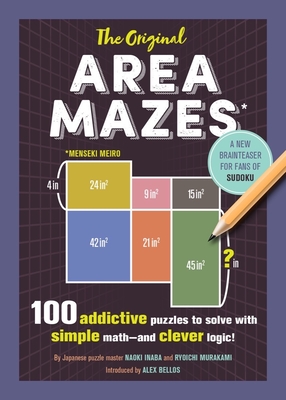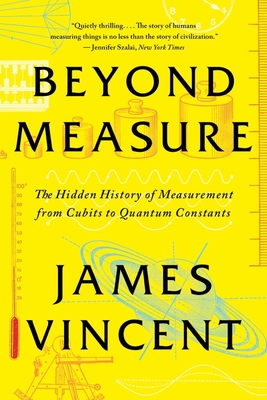
Army Tactics, Techniques, and Procedures ATTP 3-39.20 (FM 3-19.50) Police Intelligence Operations
Description
ATTP 3-39.20 is the manual for police intelligence operations (PIO) doctrine. ATTP 3-39.20 aligns with Field Manual (FM) 3-39, the Military Police Corps Regiment's keystone manual, and other Army and joint doctrine. Simultaneous operations that combine offensive, defensive, and stability or civil support operations are emphasized. PIO is a military police function that supports the operations process and protection activities by providing exceptional police information and intelligence to enhance situational understanding, protection of the force, and homeland security (HLS). This manual is written for military police and United States Criminal Investigation Command (USACIDC) Soldiers and civilians conducting the PIO function. This manual is focused on establishing the framework of PIO, how PIO supports military police and Army operations, and how to integrate PIO within the other four military police functions: law and order (L&O), internment and resettlement (I/R), maneuver and mobility support (MMS), and area security (AS). The manual is organized into six chapters with three appendixes to provide additional details on selected operational topics. The first three chapters describe PIO aspects of the OE and the integration of police intelligence in military police functions and operations. The remaining chapters discuss sources of police information, analysis, production, and dissemination of police information and police intelligence. -Chapter 1 describes the OE, with particular focus on the nature and scope of modern conflict as well as important variables of the OE as described in FM 3-39 and other doctrine. The discussion is not a repeat of the information in previous manuals but, rather, it is focused specifically on those aspects of the OE that generate requirements for PIO. The chapter also defines and establishes the framework for PIO and police intelligence support to full spectrum operations. -Chapter 2 discusses PIO integration within the military police functions and highlights the critical role that PIO serves in relation to the other four functions. -Chapter 3 discusses the application and integration of PIO in the operations process and the supporting integrating processes: intelligence preparation of the battlefield (IPB); targeting; intelligence, surveillance, and reconnaissance (ISR) synchronization (and the associated continuing activity of integration); composite risk management (CRM); and knowledge management (KM). -Chapter 4 describes sources of police information used to support analysis. -Chapter 5 focuses on the analysis of police information. This chapter discusses the critical thinking and predictive analysis techniques applied by trained police intelligence analysts to support the formation of a holistic common operating picture (COP) and continuously feed the operations process. -Chapter 6 discusses the production of police intelligence products. This chapter provides a brief description of some of the more common products that may be produced by the military police or USACIDC staff and their associated analysts. The chapter also discusses police intelligence networks. -Appendix A provides information on briefing and debriefing requirements in support of PIO. -Appendix B addresses applicable laws, regulations, and directives most relevant to the PIO collection efforts. Additionally, it provides a summary of each document (with respect to its relevancy and applicability to the PIO function) and its restrictions and previsions to Army law enforcement (LE) and the conduct of PIO. -Appendix C identifies initiatives used by other agencies in an effort to facilitate necessary interaction and the timely exchange of police information and intelligence. This ATTP provides the operational architecture and guidance for military police commanders and trainers at all echelons for the integration and instruction of PIO for established curriculum in the Army's educat.















